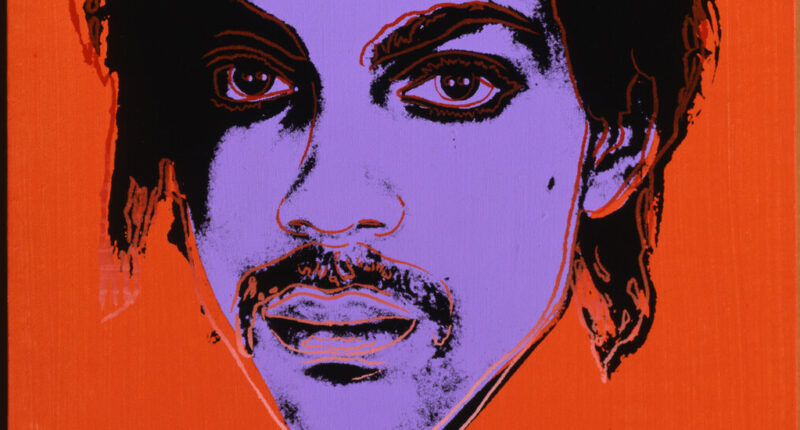
That may be at stake in another passage in the decision that Adler points to, where the court talks about how a “modest alteration” to someone else’s image, like the change Warhol made to Goldsmith’s — adding color to her black-and-white image, cropping it — might not be enough to permit its reuse.
But in that case, there goes the basic notion behind appropriation art — that appropriation works because it does so little to alter its source. Like, for instance, in the classic case of Warhol’s Campbell Soups or Brillo Boxes, which look so much like the commercial goods. “That you’re taking this thing, and not changing it — that’s where the power is, but that’s what the law has a hard time wrapping its head around,” Doeringer said.
In a fierce dissent, Justice Elena Kagan seemed to agree, chiding that the majority might just have to “go back to school” to learn such basics of art history. Joined by Chief Justice John G. Roberts Jr., the dissent claims that in the majority’s ruling, “All of Warhol’s artistry and social commentary is negated by one thing: Warhol licensed his portrait to a magazine, and Goldsmith sometimes licensed her photos to magazines too. That is the sum and substance of the majority opinion.”
Kagan argues that the majority has applied a “commercialism-trumps-creativity analysis,” and just doesn’t care that, even if they looked rather the same, any works the two artists might have offered up for licensing would have been completely different kinds of art — a photographic portrait vs. a silk-screened piece of appropriation art. And therefore, if the two works are fundamentally unalike, the appropriation shouldn’t have to pay just to exist alongside its source.
“Creative progress unfolds through use and reuse, framing and reframing: One work builds on what has gone before; and later works build on that one; and so on through time,” Kagan writes. “In declining to acknowledge the importance of transformative copying,” she concludes, “the Court today, and for the first time, turns its back on how creativity works.”
Source: | This article originally belongs to Nytimes.com








